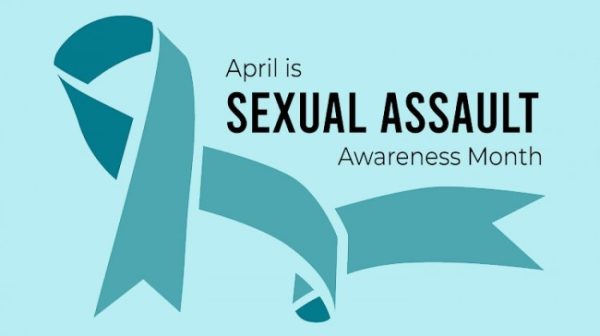The Winter Blues

February 5, 2023
It’s dark when I arrive at school in the morning, and, as it is for many students with extracurricular activities, it’s dark by the time I leave, too. You may relate to feeling more fatigued and down during the winter. Or, perhaps you experience a disorder resembling the “winter blues” to an extreme. Today we’ll examine the root cause of these symptoms and what you can do to help yourself through these winter months.
As the days shorten in the winter months, many people experience various physical and mental symptoms. According to Northwestern Medicine, these symptoms can include increased hunger, increased fatigue, emotional shifts, and decreased cognitive function/ attention span. These symptoms may be the reason that it feels a little more challenging to get up on a winter morning, to stay awake after it’s dark at 5 p.m., and to generally function in the winter months.
These symptoms are somewhat common in the winter and usually do not impede a person’s quality of life or ability to function—though scraping the ice off of your car on a subzero morning is not fun for anyone—however, there are cases when they do. According to the National Health Service of the United Kingdom, Seasonal Affective Disorder (also known as SAD) is a type of depression influenced by the seasons, oftentimes getting worse in the winter (although the reverse can be true). This kind of mental health condition can come with symptoms such as appetite or sleep changes, depressed mood, and a loss of interest in activities, symptoms similar to other forms of depression.
SAD is thought to be linked to reduced sunlight exposure, so, it is commonly treated through light therapy using a light therapy lamp that simulates sunlight (NHS). Other treatments include therapy, exercise, medications prescribed by psychiatrists, vitamin D supplements, and talk therapy (Northwestern Medicine). Exercise and vitamin D supplements are also thought to help those experiencing the milder “winter blues”.
While almost everyone experiences some form of the so-called “winter blues” that come with diminished sunlight exposure, some people experience more extreme symptoms that come with Seasonal Affective Disorder. If you or someone you know is struggling to cope with symptoms such as the ones listed above, reach out for help. It is important to recognize these symptoms when they turn from relatable side-effects of living in a northern climate to mental hardships.
Image Source:
- https://encrypted-tbn0.gstatic.com/images?q=tbn:ANd9GcT5nWTiQGr5Dg90W0Bndlo03o10ZoYolXTBdYS_pqVNde1mw4zLZIc3-tcBgPXCAh2iIzo:https://media.cnn.com/api/v1/images/stellar/prod/210115131105-best-sad-lamp-lead-new.jpg%3Fq%3Dx_0,y_0,h_1457,w_2590,c_fill/h_270,w_480&usqp=CAU
Sources:
- https://www.nhs.uk/mental-health/conditions/seasonal-affective-disorder-sad/overview/
- https://newsinhealth.nih.gov/2013/01/beat-winter-blues
- https://www.nm.org/healthbeat/healthy-tips/Surprising-Ways-Shorter-Days-Affect-Your-Brain-infographic#:~:text=The%20culprit%20might%20be%20your,aligned%20to%20match%20the%20environment.








